In the News
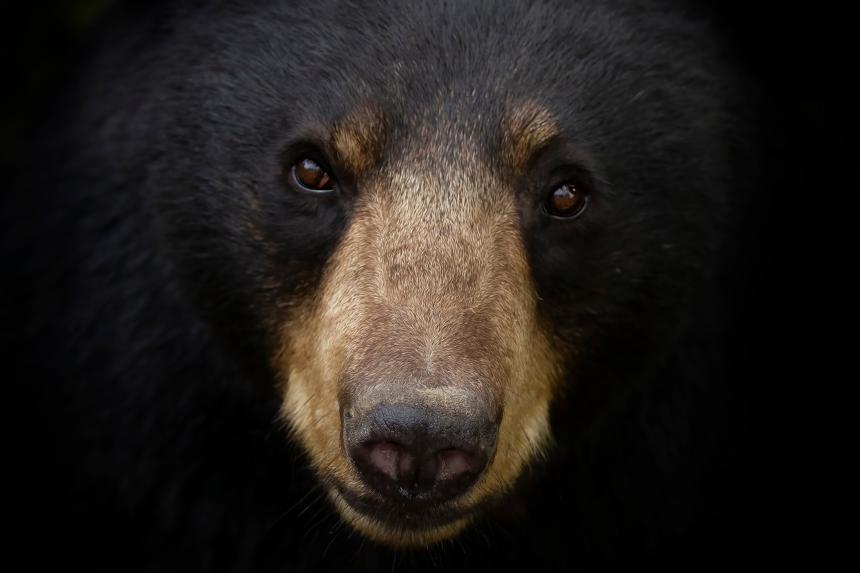
November 03, 2022
A new paper published by the Cornell Wildlife Health Lab team and partners describes the emergence of mange in New York State black bears.
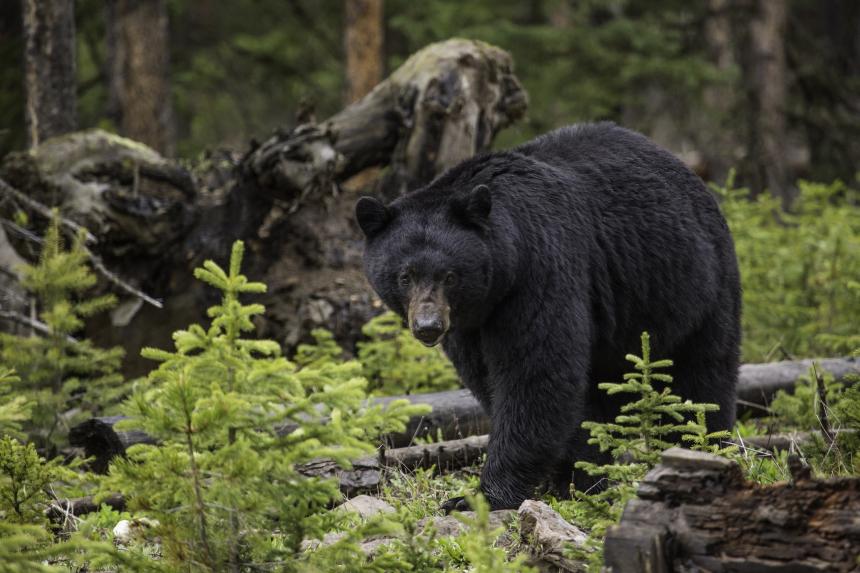
For Your Information
November 02, 2022
Mange is a parasitic skin disease found in free-ranging wildlife populations and has been increasingly reported in black bears over the last decade in New York State. This paper led by Cornell researchers describes the geographic, seasonal, and demographic factors associated with mange in NYS black bears.
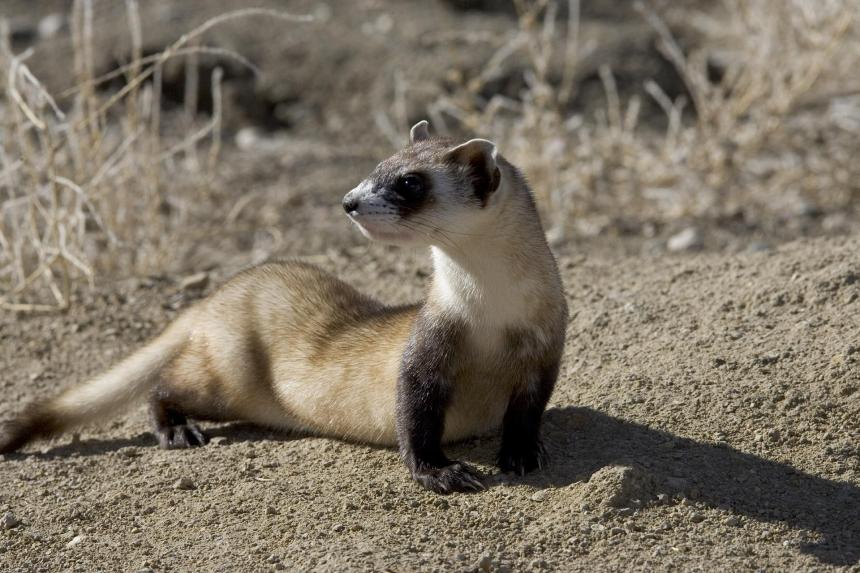
September 07, 2021
By testing easier-to-study coyotes, Cornell researchers, in collaboration with the Cheyenne River Sioux tribe, have identified a range of lethal diseases threatening black-footed ferrets – one of the most endangered animals in North America.
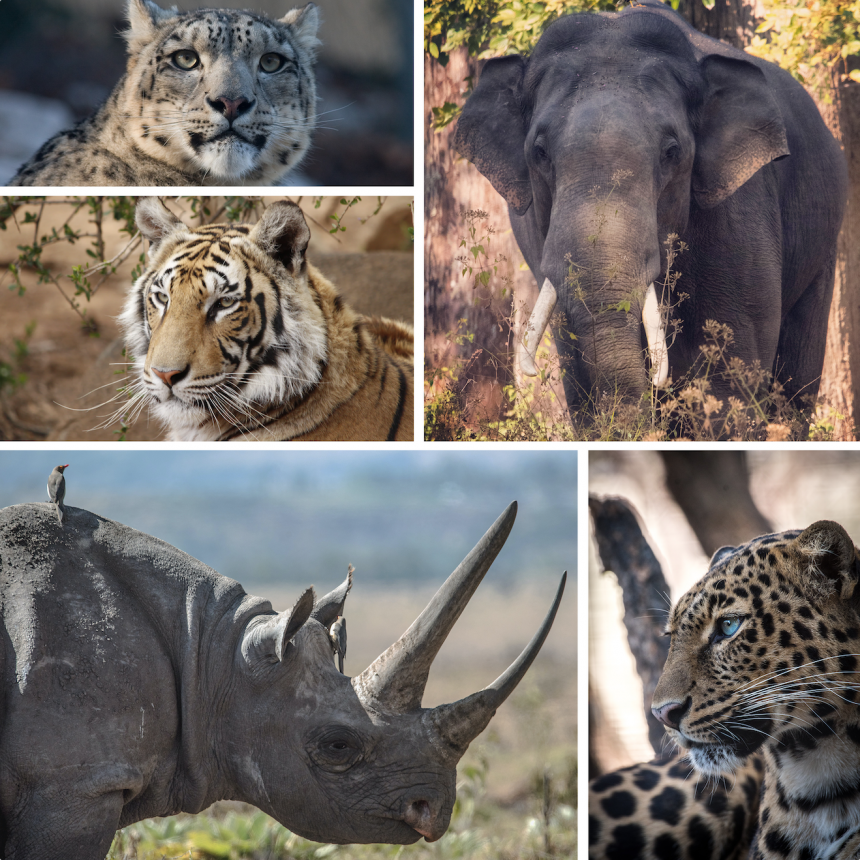
May 21, 2021
The third Friday of May is Endangered Species Day. Primarily as a result of human activities, our planet’s biodiversity is shrinking at an unprecedented rate. The Cornell Wildlife Health Center is proud to support a diverse range of species and ecosystems through our work.
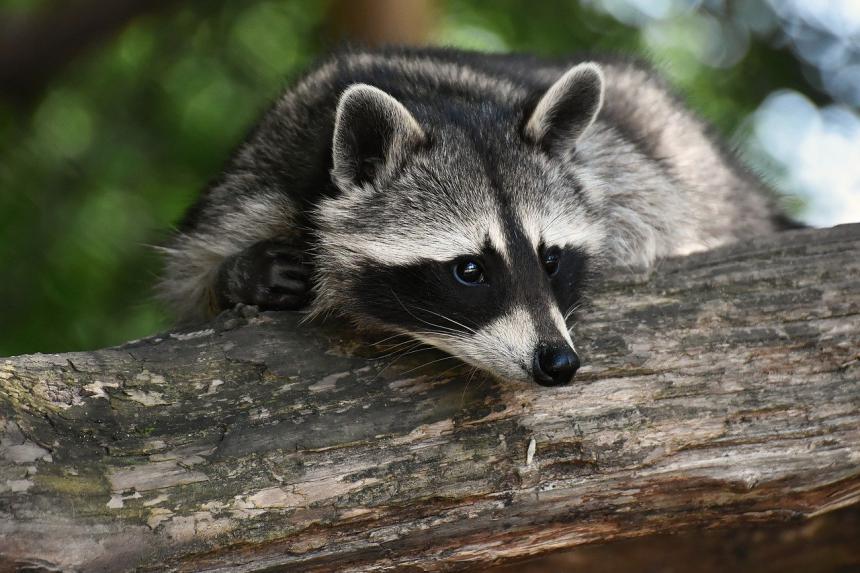
February 17, 2020
Vaccinations are intended to help our immune systems protect us from a disease. They prevent outbreaks of disease in humans and domestic animals. What about wild animals? Do they get vaccinated too?
